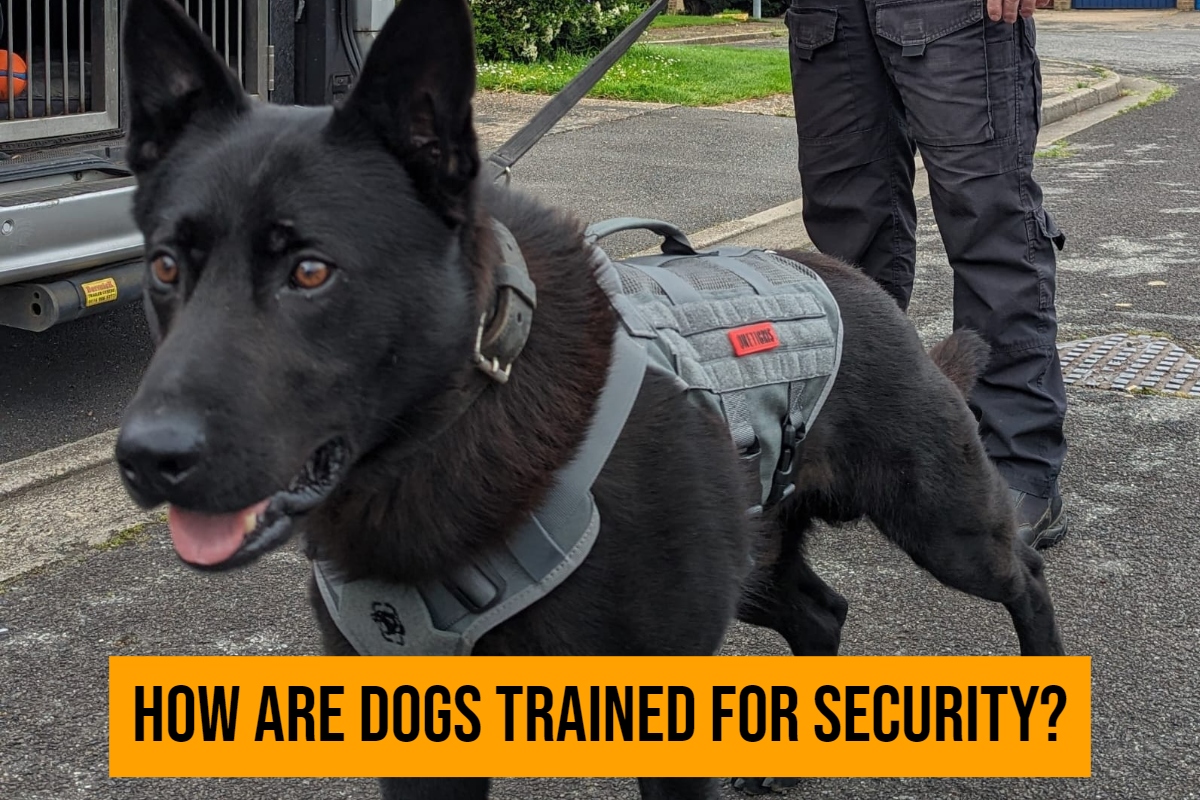Dogs for security protection are a valuable asset in home and business security, or indeed when big events are underway. But how do these loyal companions come to protect us? Today, let’s embark on an incredible journey to discover the fascinating process of security dog training. We learn about all the patience, skills, and dedication it takes to develop our trustful protectors. And here’s what Kazo has to say about its security training program: THE COMPANY THAT SETS THE INDUSTRY STANDARD.
Knowing the Work of Security Dogs
Be it to just bark at strangers or to assess and respond to threats, security dogs are trained to become tough-asses. They need to be disciplined, loyal, and able to work hand in glove with a handler. Their work can include guarding properties, crowd control, and search and rescue.
Step 1: K9 Basic Obedience Training
Before undertaking security-specific training skills, dogs undergo obedience training where they are taught commands such as “sit,” “stay,” “come,” and “heel.” This is fundamental because obedience is the starting point from which instructions will be followed promptly and without hesitation.
It is during this phase that Kazo’s trainers build up the obedience skills of every dog so that it executes those commands flawlessly. As such, this period also cements the bond between dog and handler.
Step 2: Socialization
Security dogs are encouraged to socialize in various environments. Socialization provides an opportunity for the dog to be exposed to a variety of appearances, sounds, and smells so as to avoid acting blindly in the line of work. Kazo’s training exposes the dogs to every noise from crashes to crowds just to make them ready for any situation that comes their way.
Stage 3: Impulse Training under Control
Controlled aggression training teaches security dogs how to act defensively only when it is necessary. They learn to bark and have a guarded posture, threatening the intruder from going further, but they stop if they’re called off. This process is very well balanced for the fact that the dog is not allowed to get overly aggressive.
Step 4: Scent detection
There are some security dogs that are trained to detect certain smells like drugs or explosives. They are taught to identify the scent and alert the handlers with some form of indication. This sort of detection requires concentration and, in fact, much skill. Methods adopted by Kazo trainers for its skill perfecting are diverse.
Step 5: Attack on Command
The last mile stone is to train the dog “to attack on command:” For this, the dog will be taught to chase and overpower an intruder but stop in an instant when its release command is given by the handler. This skill at such a high level needs extensive practice and mutual trust between a dog and trainer; Kazo emphasizes such an approach.
Continued Training and Reinforcement
Security dog training is not a one-time exercise, but a continuous course. At Kazo, we encourage handlers to continually practice and reinforce skills to keep a dog’s senses and responsiveness strong. Periodical training means that there’s no possibility of security dogs becoming ineffective and unprepared for security in real-life situations.
Conclusion
There is nothing quite like training the security dogs. This is basically a specialized skill that requires patience, consistency, and mutual trust. Kazo takes pride in various training approaches that will be suited for loyal, disciplined security dogs. Whether you are looking to secure a property or merely need a dependable protector, everything will depend on your well-trained security dog.


